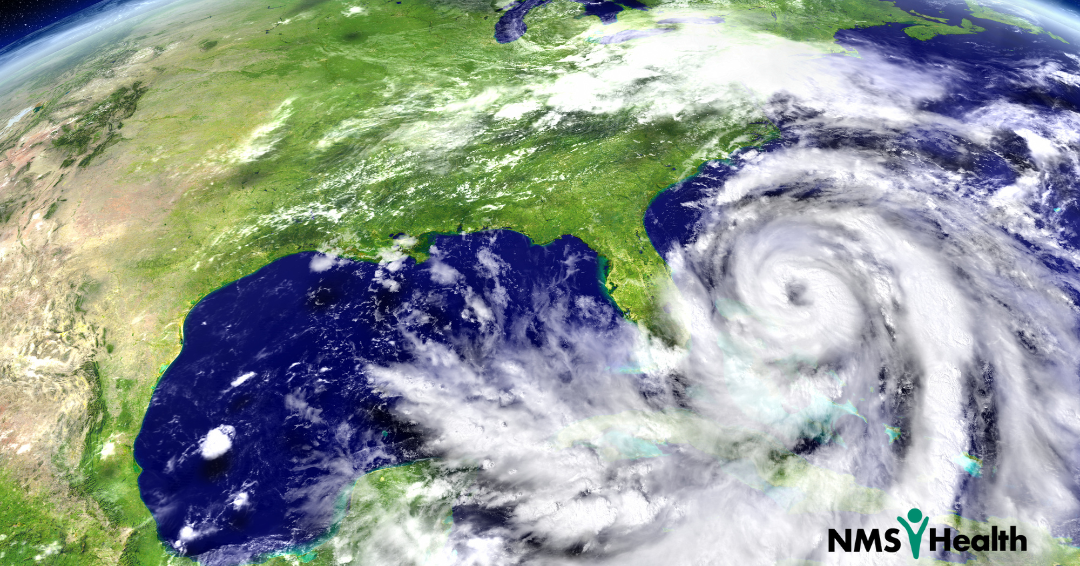The National Oceanic and Atmospheric Administration (NOAA) has issued a forecast predicting above-normal hurricane activity for the 2024 Atlantic hurricane season. As we are currently in the midst of the hurricane season, which began on June 1 and runs through November 30, employers must take these predictions seriously to ensure the safety of their employees and the continuity of their operations. The forecasted above-normal hurricane activity could disrupt business operations, leading to potential financial losses and damage to the company’s reputation. As extreme weather conditions become increasingly common, proactive measures to safeguard employees and maintain business operations are more critical than ever.
NOAA’s Record-Breaking Predictions
NOAA’s Climate Prediction Center forecasts an 85% chance of an above-normal hurricane season, with only a 10% chance of a near-normal season and a 5% chance of a below-normal season. This outlook predicts between 17 and 25 named storms (winds of 39 mph or higher). This is not just a high number but the highest number of named storms NOAA has ever forecasted in a preseason outlook. The forecast also includes 8 to 13 hurricanes (winds of 74 mph or higher) and 4 to 7 major hurricanes (Category 3, 4, or 5, with winds of 111 mph or higher).
This season’s prediction far exceeds the average season, which typically sees 14 named storms, seven hurricanes, and three major hurricanes. NOAA’s predictions are supported by other forecasting agencies and universities, such as Colorado State University, the European Center for Medium-Range Weather Forecasts (ECMWF), and the UK Met Office, all of which anticipate an unusually active season.
Multiple officials, including National Hurricane Center Director Michael Brennan and National Weather Service Director Ken Graham, have described the 2024 Hurricane Outlook as the “highest” forecast ever issued in May. This prediction underscores the urgent need for employers to prepare for an active hurricane season.
Impact of Climate Change on Hurricane Activity
Climate change is significantly influencing hurricane activity, with researchers noting several critical impacts:
- Warming ocean temperatures from human-induced climate change are fueling more powerful tropical cyclones with higher precipitation rates.
- Rising sea levels are amplifying the destructive power of storm surges.
- Enhanced atmospheric moisture due to global warming leads to increased precipitation during tropical storms.
- Rapid intensification of hurricanes is becoming more common, leading to stronger storms as they approach land.
Innovations in Forecasting and Communication
NOAA is enhancing its forecast communications and decision support systems to better inform the public and businesses. This includes expanded Spanish language services for public advisories and updates, improved forecast graphics depicting inland storm threats, and timely updates for storm surge and wind warnings through intermediate advisories. In addition, NOAA is deploying advanced technologies to improve hurricane analysis and forecasting. These technologies include the Modular Ocean Model (MOM6) to better represent ocean dynamics influencing hurricane intensity, the SDCON model for predicting rapid storm intensification, and enhanced observational systems, including upgraded coastal weather buoys, directional wave spectra drifters, and underwater gliders.
These improvements, funded in part by President Biden’s Bipartisan Infrastructure Law, will enhance the accuracy of predictions and the effectiveness of emergency responses.
Preparing the Workplace for Above-Normal Hurricane Activity
Projections that the total number of tropical storms may decrease or remain the same. However, the storms that do form are expected to be more intense, posing more significant risks to life and property.
Develop Comprehensive Emergency Plans
- Ensure all employees know emergency procedures, including evacuation routes and shelter locations.
- Conduct regular drills to reinforce these procedures.
- Establish a communication plan to keep employees informed before, during, and after a storm.
Enhance Infrastructure Resilience
- Fortify buildings and structures to withstand high winds and flooding.
- Install backup power systems to maintain operations during power outages.
- Secure critical data and IT systems to prevent loss and facilitate quick recovery.
Invest in Employee Safety and Well-being
- Provide training on how to stay safe during hurricanes and other severe weather events.
- Ensure employees have access to emergency supplies, such as first aid kits, water, and non-perishable food.
- Offer mental health support to help employees cope with the stress and anxiety caused by extreme weather events.
As NOAA predicts an exceptionally active hurricane season, employers must prioritize their workforce’s safety and their operations’ resilience. Employers can significantly mitigate the risks associated with severe weather events by understanding the forecast, preparing comprehensive emergency plans, and leveraging NOAA’s enhanced communication and forecasting tools. In an era of increasingly unpredictable climate patterns, such foresight and preparation are not just advisable—they are essential. For more information about what you can do as an employer before, during, and after a storm, visit our blog, Worker Safety During Hurricane Season.
Ready to elevate your workforce’s health? Partner with NMS Health for your occupational health screenings. With NMS Health, you are not just identifying and preventing future illness; you’re investing in a safer, healthier future for your team. Get started today!


